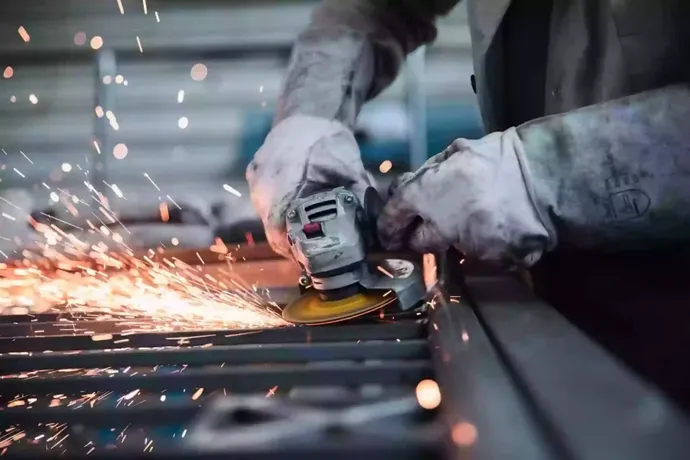Machining is a metal removing process. It removes a material and decreases the material’s mass, hence this is a subtractive process.
The machining processes are classified as conventional machining processes and non-conventional machining processes. In this article, we are discussing conventional machining.
Contents:
What is Conventional machining process?
Conventional Machining process is a machining process in which the material removal carry out with the traditional method means, not using any advanced method for the machining. Therefore, it is also called as traditional machining process.
It uses sharp point cutting tools for the machining purpose, such as the taper tool used in the lathe machine for tapering.

The cutting tool material is harder than the work-piece material and is in directly contact with the workpiece. Due to the direct contact with workpiece, these processes have more tool wear.
The cutting tool is used against a rotating or stationary work-piece for the material removal.
Following are examples of some of the conventional machining processes:
- Lathe machine
- Milling machine
- Vertical drilling machine
- Grinding machine
Advantages of conventional machining process:
- Different materials can machine.
- Easy setup of the equipment’s.
- Less capital cost.
Disadvantages/Limitations of conventional machining process:
- Less surface finish.
- They can’t machine complex shapes.
- More tool wear.
- Lower dimensional accuracy.
- Noisy operation causes sound pollution.
Applications:
- Drilling holes in the workpiece using a drill machine.
- Knurling, Turning, Facing operations on lathe machine.
Difference between traditional and non-traditional machining process:
| Sr. No. | Conventional or Traditional machining | Non conventional or Non traditional machining |
|---|---|---|
| 1 | A poor surface finish is obtained. | A better surface finish is obtained. |
| 2 | It can’t be used for small-size machining. | It can be used for small-size machining. |
| 3 | The problem of tool wear, hence less tool life. | Here is no problem of the tool wear, therefore life of tool is more. |
| 4 | Less investment or capital cost. | More capital or investment cost. |
| 5 | Direct contact between tool and workpiece. | No direct contact between the tool and workpiece. |
| 6 | It can’t make micro holes. | It can make micro holes. |
Read also:
Well explained thank you so much